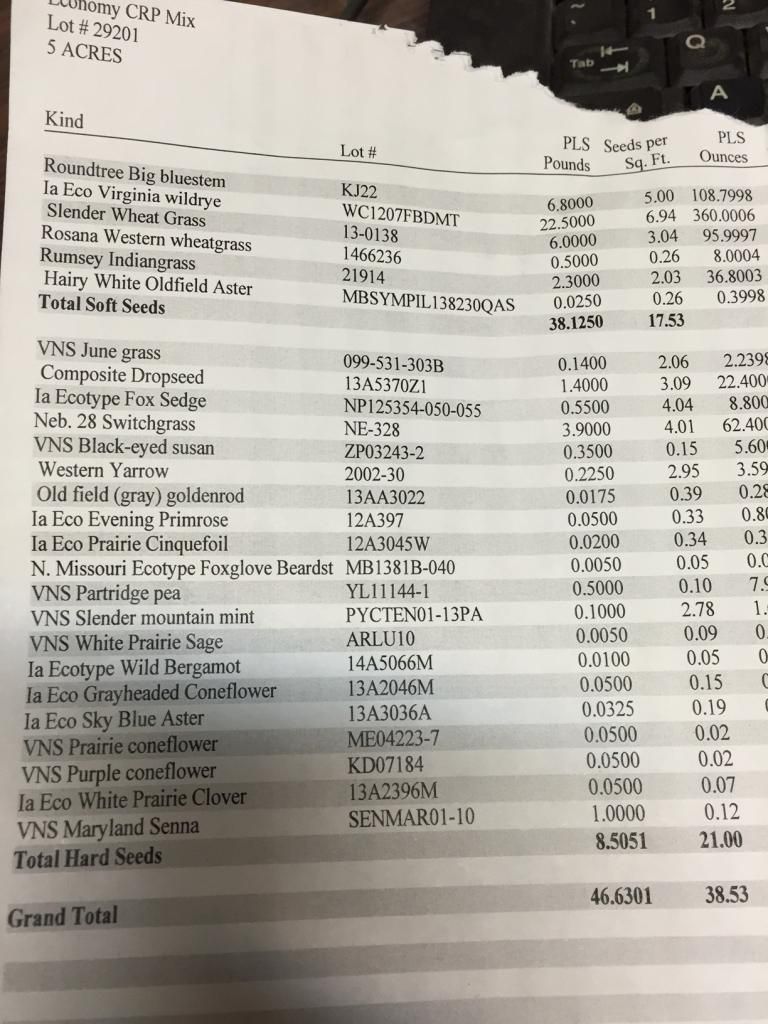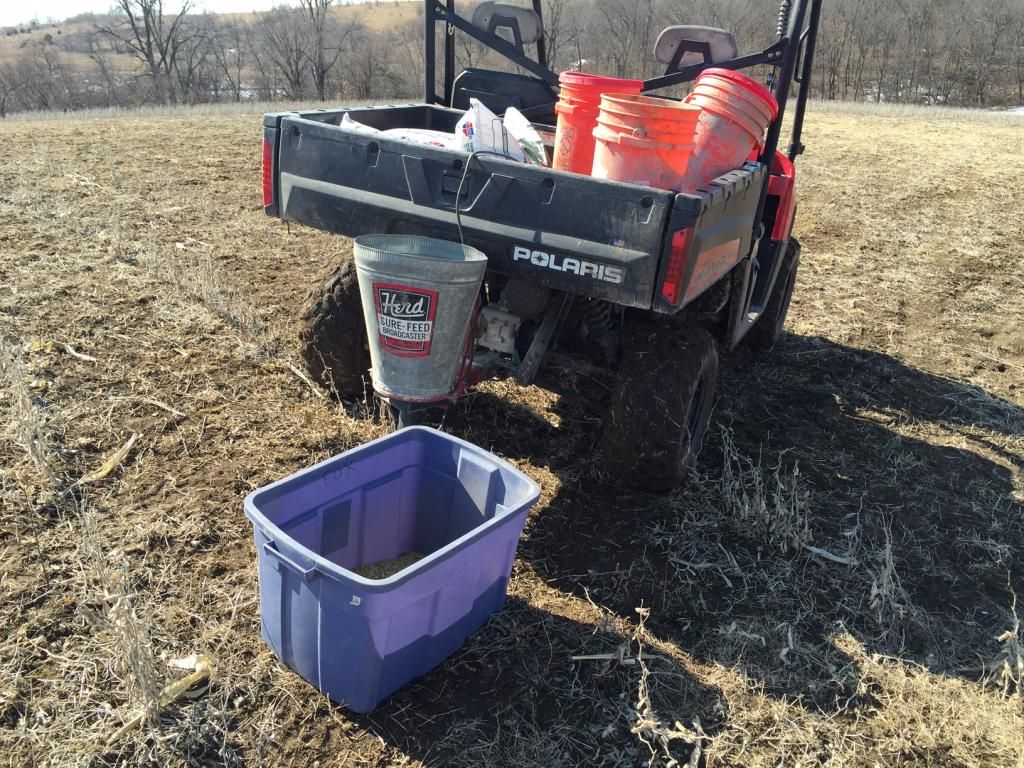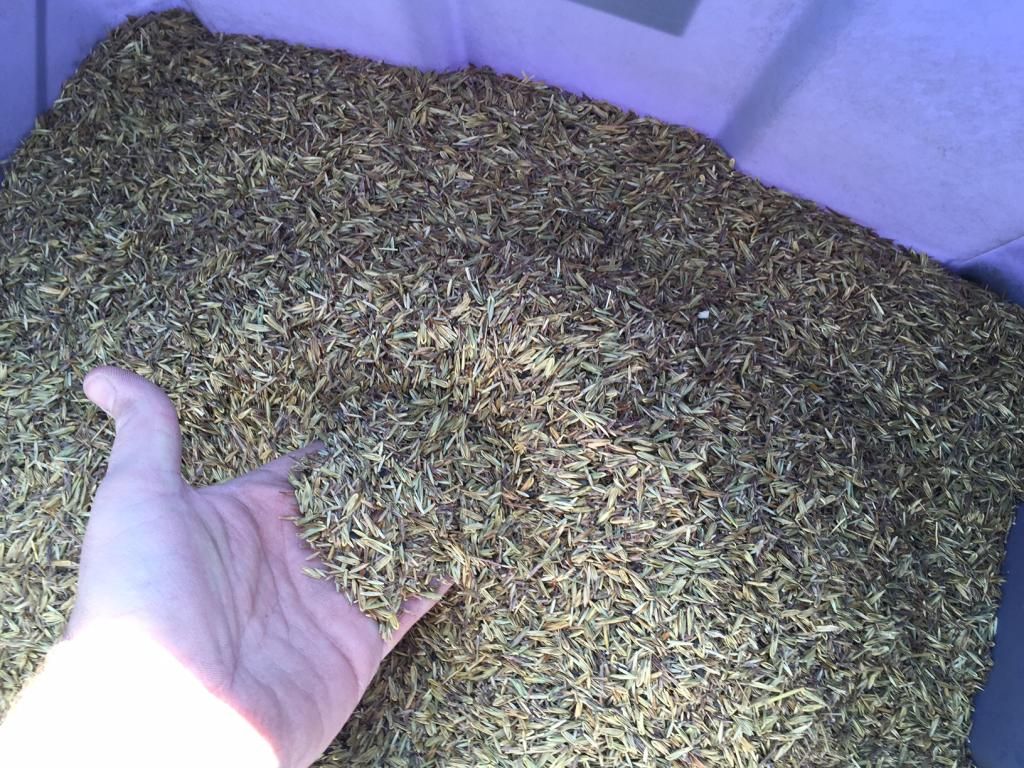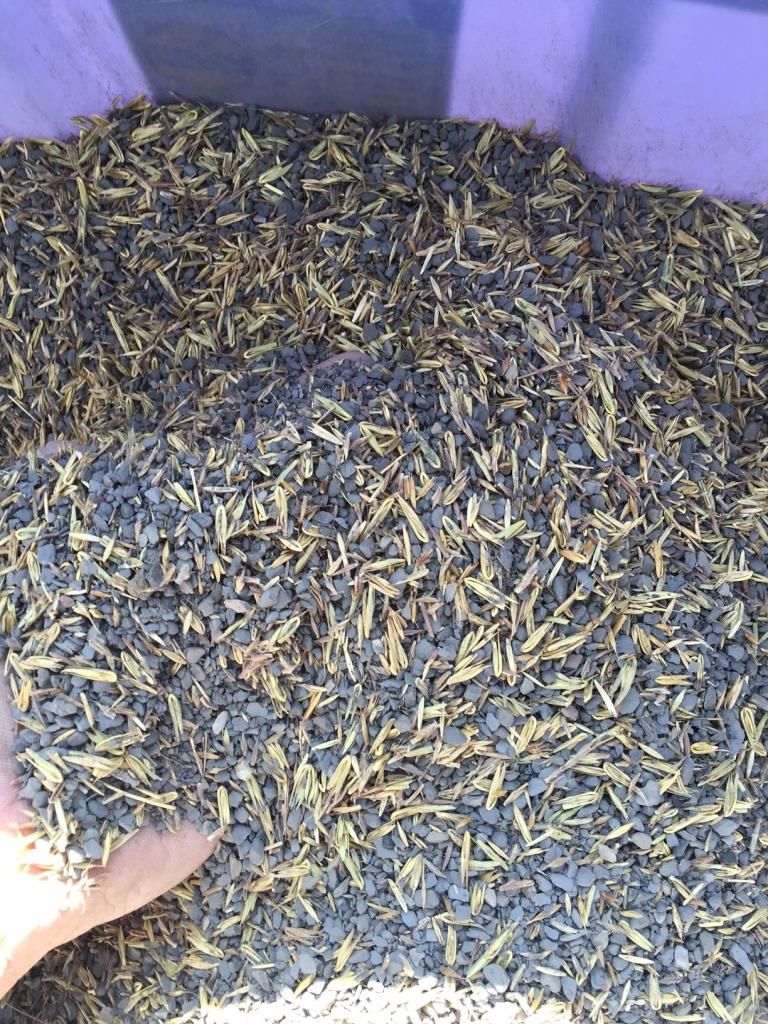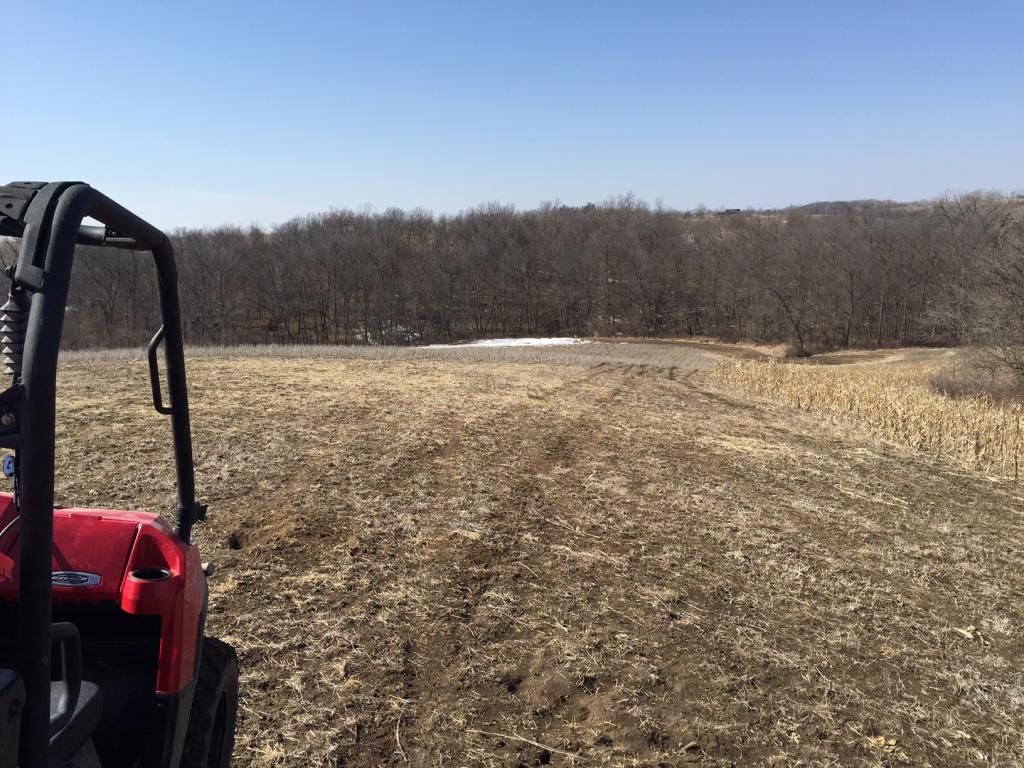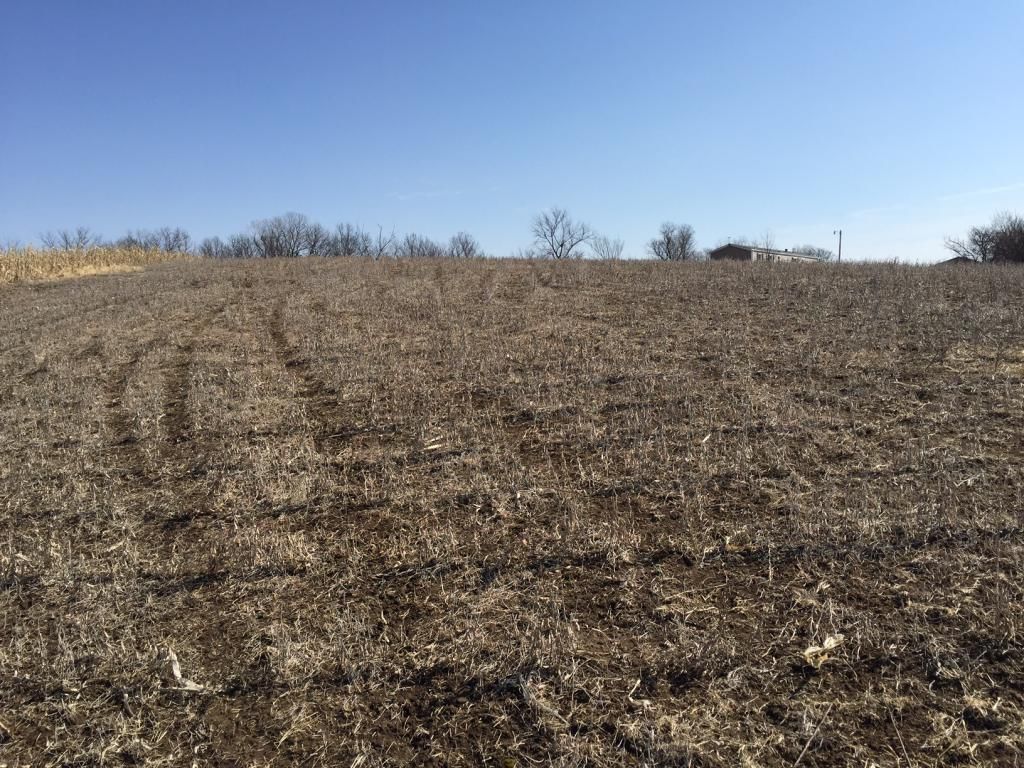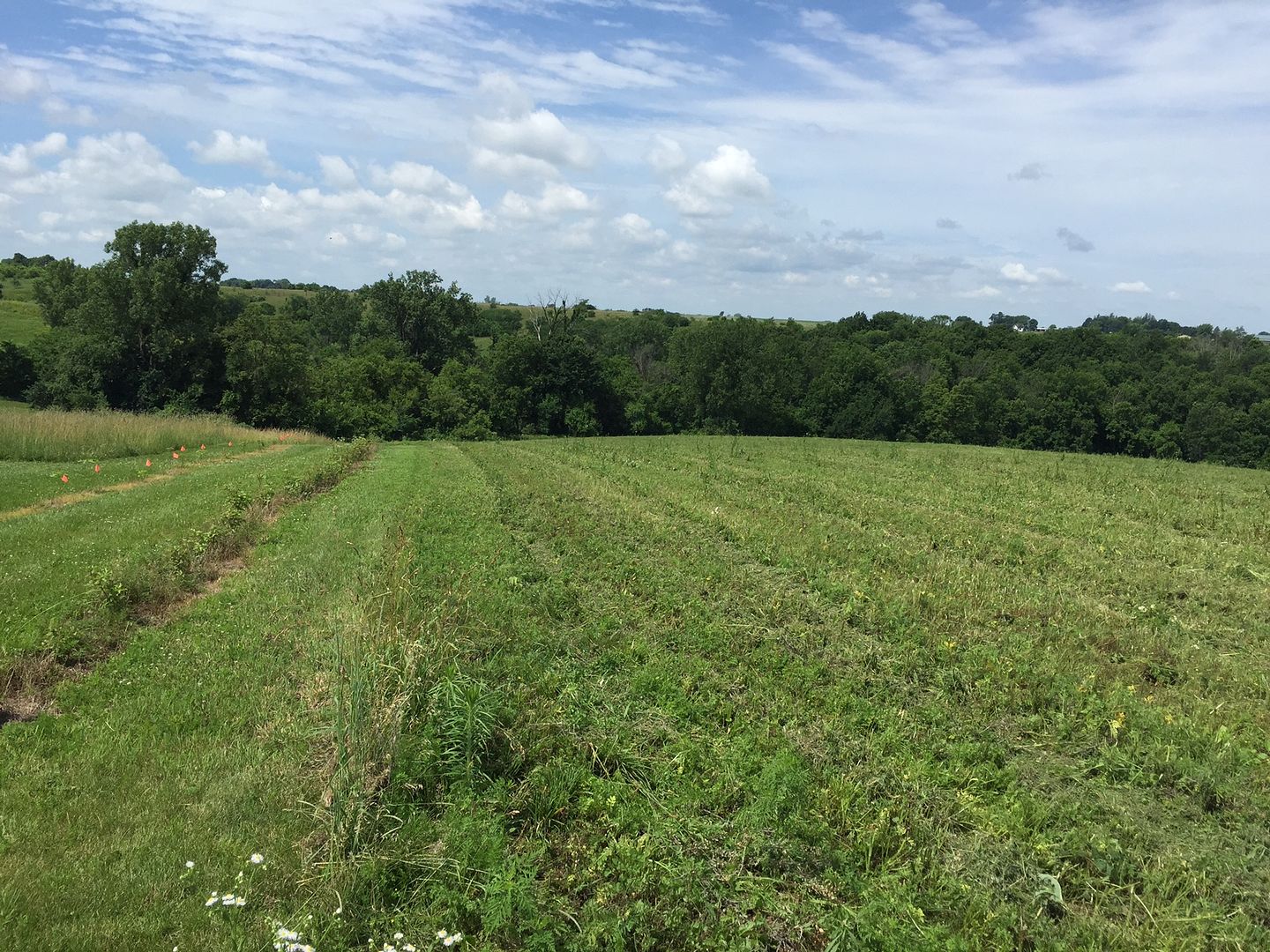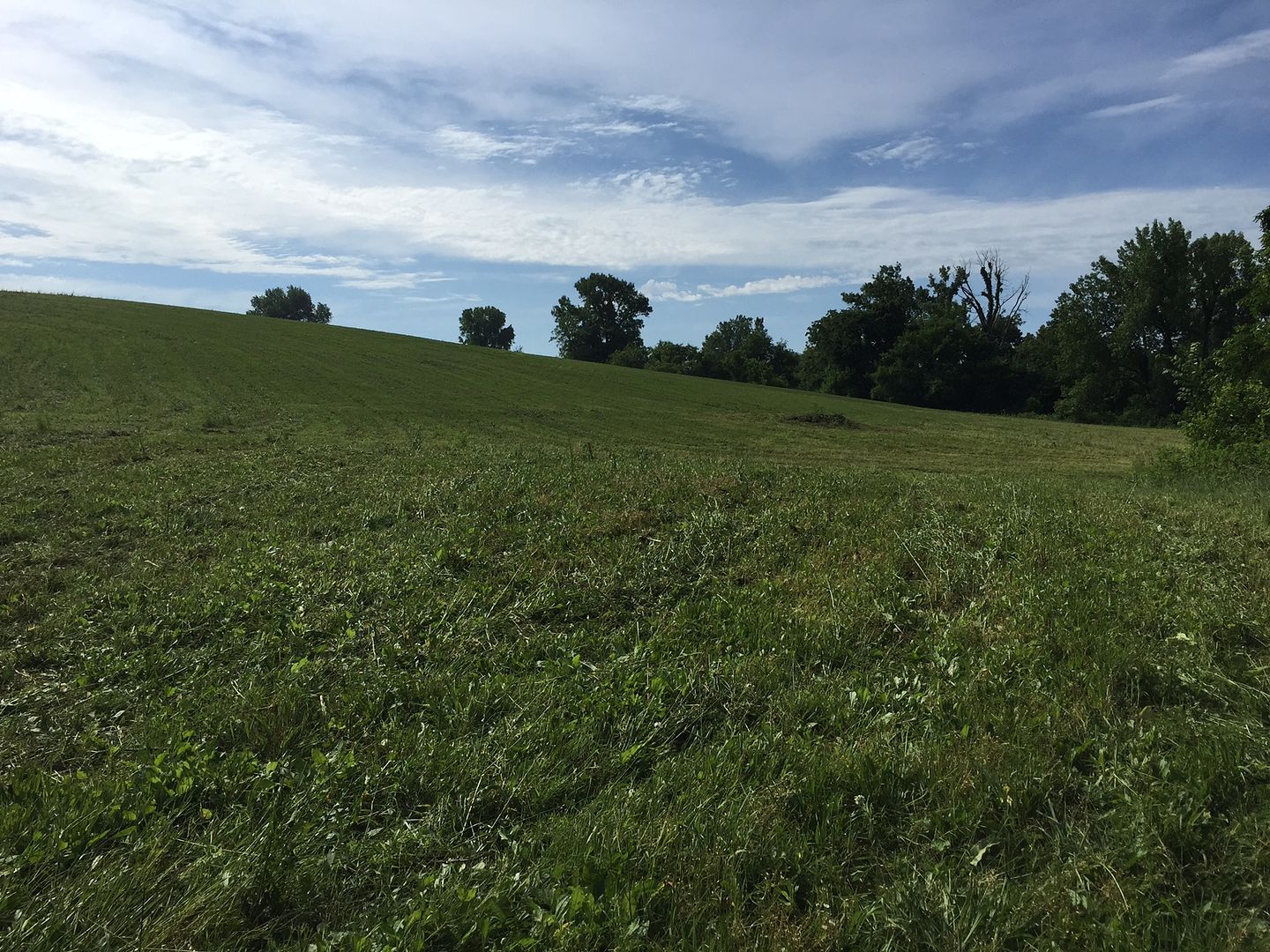DannyBoy
Well-Known Member
Perfect time Landon! We held back 40 acres of super diverse wrp seed til now.
Keep in mind how your management affects what the prairie looks like. Don't seed the tall natives heavily like skip said, or they will outcompete the forbs no matter what. Also, late spring burns will give grasses the advantage, as the forbs green up quicker (generally), followed by short natives (little blue, side oats, etc) and finally your tall grasses. Early spring/late winter burns rock and patchy is ok, like often happens this time of year with greasy ground and higher relative humidity. Fall burns, even better, but you're obviously sacrificing some cover for the winter in you do it that way. Don't burn all at once if you go that route, and I like end of November for fall burns.
As for the shrubs, they will be most beneficial to wildlife with bare ground or at a minimum, sparse vegetation underneath. I choose to spray the ground beneath them almost annually... Spring or fall, when they are dormant and grasses are not. Helps keep fires out and after about two growing seasons, they are fairly tolerant anyways. Quail will love if you disk/spray around your shrubs in the fall, to encourage annual broadleaf weeds like ragweed, their number 1 food source.
Keep in mind how your management affects what the prairie looks like. Don't seed the tall natives heavily like skip said, or they will outcompete the forbs no matter what. Also, late spring burns will give grasses the advantage, as the forbs green up quicker (generally), followed by short natives (little blue, side oats, etc) and finally your tall grasses. Early spring/late winter burns rock and patchy is ok, like often happens this time of year with greasy ground and higher relative humidity. Fall burns, even better, but you're obviously sacrificing some cover for the winter in you do it that way. Don't burn all at once if you go that route, and I like end of November for fall burns.
As for the shrubs, they will be most beneficial to wildlife with bare ground or at a minimum, sparse vegetation underneath. I choose to spray the ground beneath them almost annually... Spring or fall, when they are dormant and grasses are not. Helps keep fires out and after about two growing seasons, they are fairly tolerant anyways. Quail will love if you disk/spray around your shrubs in the fall, to encourage annual broadleaf weeds like ragweed, their number 1 food source.
Last edited:


